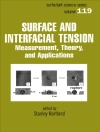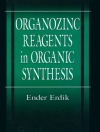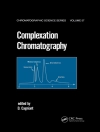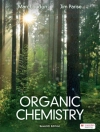Catalytic steam reforming has grown during the last two or three decades into one of the world’s great catalytic processes. It is of major economic significance since the products from it form the feed for a number of other major processes. Nevertheless, catalytic steam reforming is a relatively difficult technology. It operates at high temperatures where problems of the maintenance of materials integrity and of catalyst stability and activity are severe, the establishment of high thermal efficiency of the plant is economically vital, and reactor operation is strongly influenced by mass and heat transport effects. The process is the subject of a thorough review by Dr. J. R. Rostrup-Nielsen who discusses both the basic cataly- tic chemistry and the way in which this is interrelated with reactor and plant design. The use of catalytic converters for the purification of automotive exhaust gases is a relatively new technology which was brought into existence by social pressures for the preservation of acceptable environmental conditions. The majority of catalytic practitioners have been able to watch the growth of this technology from its inception to its current state of sophistication. Automotive catalytic converter technology is now in a mature state, and the chapter in this volume by Dr. K. C. Taylor provides a review which covers both the process chemistry and the most important converter design factors.
John R. Anderson & Michel Boudart
Catalysis [PDF ebook]
Science and Technology Volume 5
Catalysis [PDF ebook]
Science and Technology Volume 5
ซื้อ eBook เล่มนี้และรับฟรีอีก 1 เล่ม!
ภาษา อังกฤษ ● รูป PDF ● ISBN 9783642932472 ● สำนักพิมพ์ Springer Berlin Heidelberg ● การตีพิมพ์ 2012 ● ที่สามารถดาวน์โหลดได้ 3 ครั้ง ● เงินตรา EUR ● ID 6383550 ● ป้องกันการคัดลอก Adobe DRM
ต้องใช้เครื่องอ่านหนังสืออิเล็กทรอนิกส์ที่มีความสามารถ DRM












